What was a neighborhood of intellect family values, with some of the most successful African-American in the country living there, and the neighborhood that was once known as “Black Wall Street” was burned to the ground by a white mob in just one day.
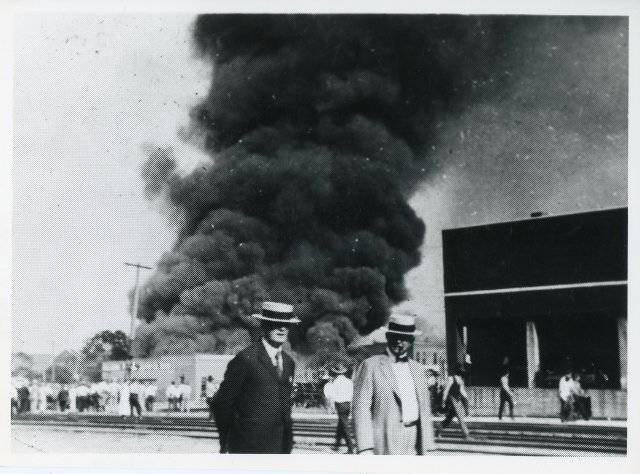
It was a horrific time for the whole nation, an event so terrible that many history books have shamefully left it out. It was the Tulsa Race Riot or as many know it, Tulsa Race Massacre. During the massacre, homes, and businesses of the residents in the predominantly Black Greenwood neighborhood of Tulsa was attacked, and around 300 African Americans were senselessly killed. A repulsive act that remains one of the worst incidents of racial violence in the history of the U.S.
What caused the Tulsa Race Massacre?
The hatred overflowed on May 31st 1921 after a young black man named Dick Rowland entered the Drexel Building in Downtown, Tulsa, and stepped aboard an elevator being operated by a white woman named Sarah Page.
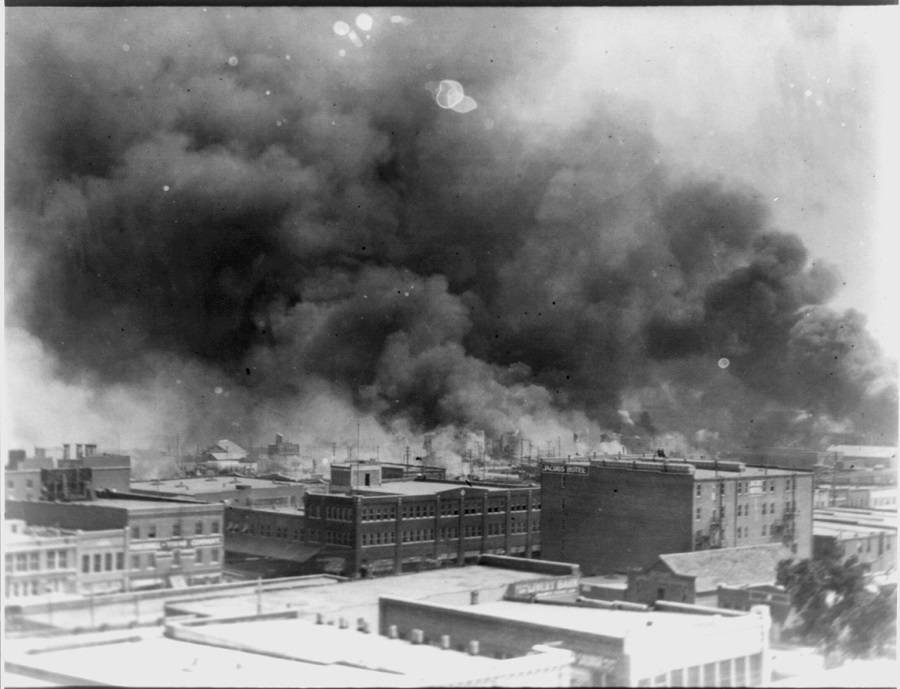
After the door closed, Sarah screamed and ran out as soon as the gates opened again. Within hours, Rowland had been accused of assaults’ and even rape was arrested and placed in the city’s jail.
Rowland explained how he tripped and accidentally fell on Page on his way to the restroom but his side of the story was completely denied. Sarah Page on the other hand didn’t press charges, but the newspapers in town begin to print their versions of the story. As the story spread through the white neighborhood, so did the anger.
A rumor spread that Rowland was to be lynched. He was soon put under protection by the sheriff after an angry white mob gathered outside the jail, demanding that Rowland be handed over.
A group of armed African American men some of whom were World War I veterans went to the sheriff, offering their support to help guard the city’s jail against the angry massing mob, ready to lynch Rowland as soon as he is taken out of the jail.
The sheriff however declined the offer assuring the group that the situation was under control. As the group was going on their way out, a white man confronted the group and tried to snatch the gun from one of the African American men.
Tulsa Race Massacre in Greenwood
While the men stood their ground, the scuffle led to firing the gun, killing the white man on the spot. According to the sheriff report about the moment, “a hell broke loose”, the African American men retreat down the road to the Greenwood district and were followed very closely by the other white men. Gunfire continued to be exchanged between the groups, and in the end, 12 people were killed, including 10 white and 2 black men.

Only in a few hours, what was a neighborhood of intellect family values, some of the most successful African Americans in the country, became a war zone. The false claim that an insurrection is underway among the Black Tulsans, fueled up the growing hysteria.
The officials also believed the false claims of large-scale reinforcement being carried out by African American communities, and they deputized some of the white Tulsans, giving them weapons which ultimately led to horrific acts of violence against the Black people.
Black people caught in the violent racist attack were killed, their livelihoods wiped from the map, buildings were looted, and over the course of just one day, Black Wall Street was almost burned to the ground. According to the Oklahoma Historical Society, many bystanders who were leaving a movie theater were shot down by the white mob and some of the white people were also shot down in the confusion.
Private planes were then used by the white assailants, who fired rifles and dropped bombs on the buildings and it is believed that some planes even carried law enforcement personnel.
One black eyewitness, survivor, and attorney Buch Colbert Franklin gave testimony during the Commission hearings describing how a dozen planes were circling in mid-air, dropping bombs on an office building, and a hotel. According to his testimony, young and old black people were shot down by the assailants on the street.
At one point, the crossfire was carried out along the sections of the Frisco tracks, dividing the black and white commercial districts. Soon the rumor spread that a passenger train will be arriving carrying black people coming from Muskogee to help the invasion.

This led to passengers to take cover on the floor of the train compartments, since it arrived in the midst of crossfire, taking hits from both sides of the track. As the riots spread, the white families who employed black people as their live-in cooks and servants were asked to turn over their employees. While some of the white families complied with them, the one who refused were attacked and their homes were vandalized in return.
National Guard was called in after the governor declared martial law to put an end to the violence. But this only fueled the ongoing war as the police and the National Guard joined in on the fight, boarding the private planes, dropping dynamites, and killing black residents.
How many people died in Tulsa Race Massacre?
At the end of a whole day, Greenwood was completely burned down to ashes. While the news reports claimed 176 total casualties, it was changed to a total of 9 white and 21 black people dead.
The actual death toll wasn’t investigated till 2001 when the Tulsa Race Riot Commission argued around 300 people died during the Tulsa Masaccare, while thousands were injured.
What happened after the Tulsa Race Massacre
While thousands of black residents left the city, around 10,000 were left homeless, and around 6,000 were taken into custody by the National Guard. Some of them were released, most of the men were held for as long as eight days.

Around 191 businesses were burned down, including a junior high school, hospital, several churches, and around 1200 houses, while the houses that were not burned down were looted instead. Many black people were forced to spend the winters of 1921-1922 in flimsy tents as they worked to rebuild.
The case against Dick Rowland was eventually dismissed after Sarah Page remained absent in the court for the hearing. What happened to Rowland remains unknown to this day, however, it was speculated that he left for Kansas City after he was exonerated, which probably isn’t surprising considering what happened in Tulsa.
Governor James B. A. Robertson ordered for an inquiry on the whole chain of events, and bodies including City and Sheriff’s office. A large group of businessmen met to help rebuild Greenwood by raising funds and aid.
Although Greenwood went under a transform and was eventually rebuilt, the scar that had been left is yet to heal, wounds that have caused distrust of city leaders and allowed for systematic racist policies to dictate the lives of African Americans in Tulsa.
Now that you’ve read about Tulsa Race Massacre of 1921, read about the story of Jim Hutton and Freddie Mercury’s relationship.

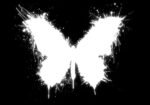

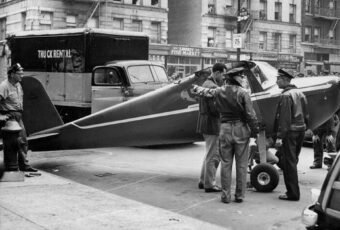





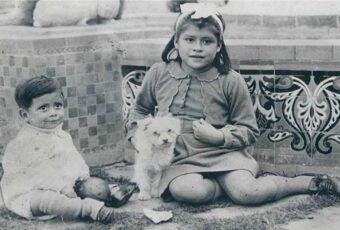

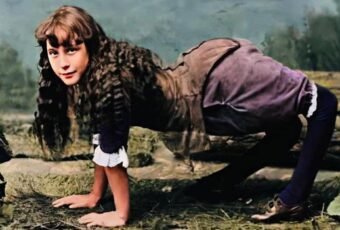
Follow Us